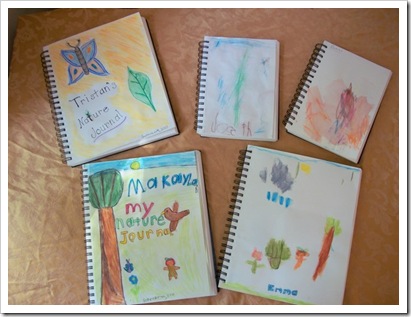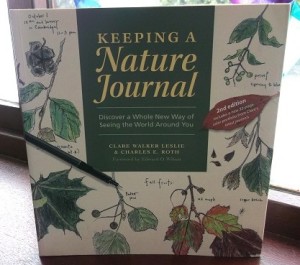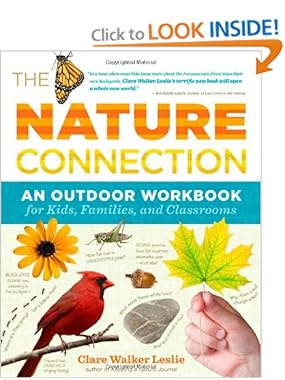
Journalism has played an important part in understanding our past, present, and future. Where would we be without Darwin and his scientific recordings, Louis and Clark's recordings of their journey, even a horticulturalists observations of her plants throughout the year aids in the following years planting.
“With just paper and pen, people who are passionate about a place may be as well equipped as anyone to protect it.”
—Carolyn Duckworth, naturalist-writer-teacher




“You must walk sometimes perfectly free, not prying or inquisitive, not bent on seeing things. Throw away a whole day for a single expansion, a single inspiration of air. …You must walk so gently as to hear the finest sounds, the faculties being in repose. …Nature will bear the closest inspection. She invites us to lay our eye level with her smallest leaf, and take an insect view of its plain.”
—Henry David Thoreau
How to get started
1. Purchase or Make a Journal
I prefer to use a small water proof journal. Rite in the Rain makes the one of the best journals out there, easy to carry around, and of course you can write in the rain with them! You can also check out the craft and art stores for blank journals, but be aware these are not water proof, just imagine all those memories ruined if the journal gets wet.
- Rite in the Rain Sizes Range

But if you would rather create your own all you need is blank paper, a hole puncher, string, and a stick....and imagination!
2. Tools for Journaling
You only really need a pencil, but the following items can help!
- Magnify Glass
- Binoculars- Start with simple ones purchased at your local sporting good store.
- Bug Box- Any tupperwear contairer with small holes will do, also empty pill viles work great for hiking!
- Net-
- Field Guides-
- Water Color Paints


- Colored Pencils: I tend to carry the smaller versions as they are easier to transport.
- Ruler: to measure leaves, ect. Note: Rite in the Rain journals have a ruler on the backside of the covers.
- Tape: I recently had a student find a fruit fly and tape in her nature journal, along with blades of grass and a leaf.
- Keep in mind the following when taping nature to your journal.
- It will not rot and smell!
- You are not in a preserve, many places will ask that you not pick items.
- Try not to pick items that seem in short supply, you never know that purple plant you just picked may be a rarity.
- Do not pick items your cat will eat! My friend once tapped cat nip in her journal, the result was disastrous.
- Taking photos is always another alternative.
3. Find a Sit Spot!

A sit spot is one place in your natural world that you like to visit often, a place you get to know and love, a place that becomes your best friend. A sit spot can be in the backyard, in a tree, on a rock, along a river, anywhere! Two basic guidelines to follow for a sit spot:
- The sit spot must be near home, that way your child can easily observe changes throughout the seasons.
- The sit spot must be in a safe environment.
Of course a sit spot is a great place to call your own, but don't just stop there. Encourage your child to journal everywhere there is nature they observe.
- On a hike
- Camping
- Siting and looking out the window
- Traveling in the car...(great alternative to the dvd player!)
- even watching your pets in the house.
5. Get in touch with your all senses.
Remind your child to use all their senses when observing nature, this includes emotions Have them describe the taste of the air, the feel of the grass, the shape of the clouds, the sounds of the birds, how they feel in this spot.

Great Guides to Nature Journaling



No comments:
Post a Comment